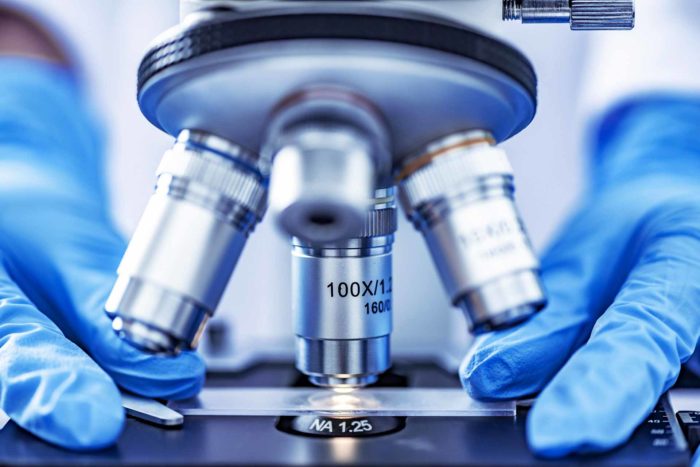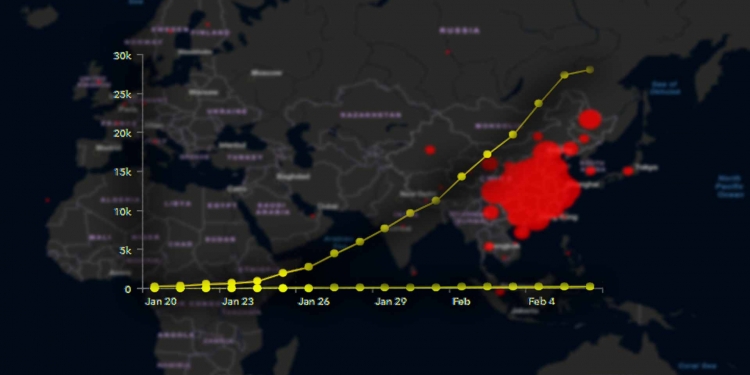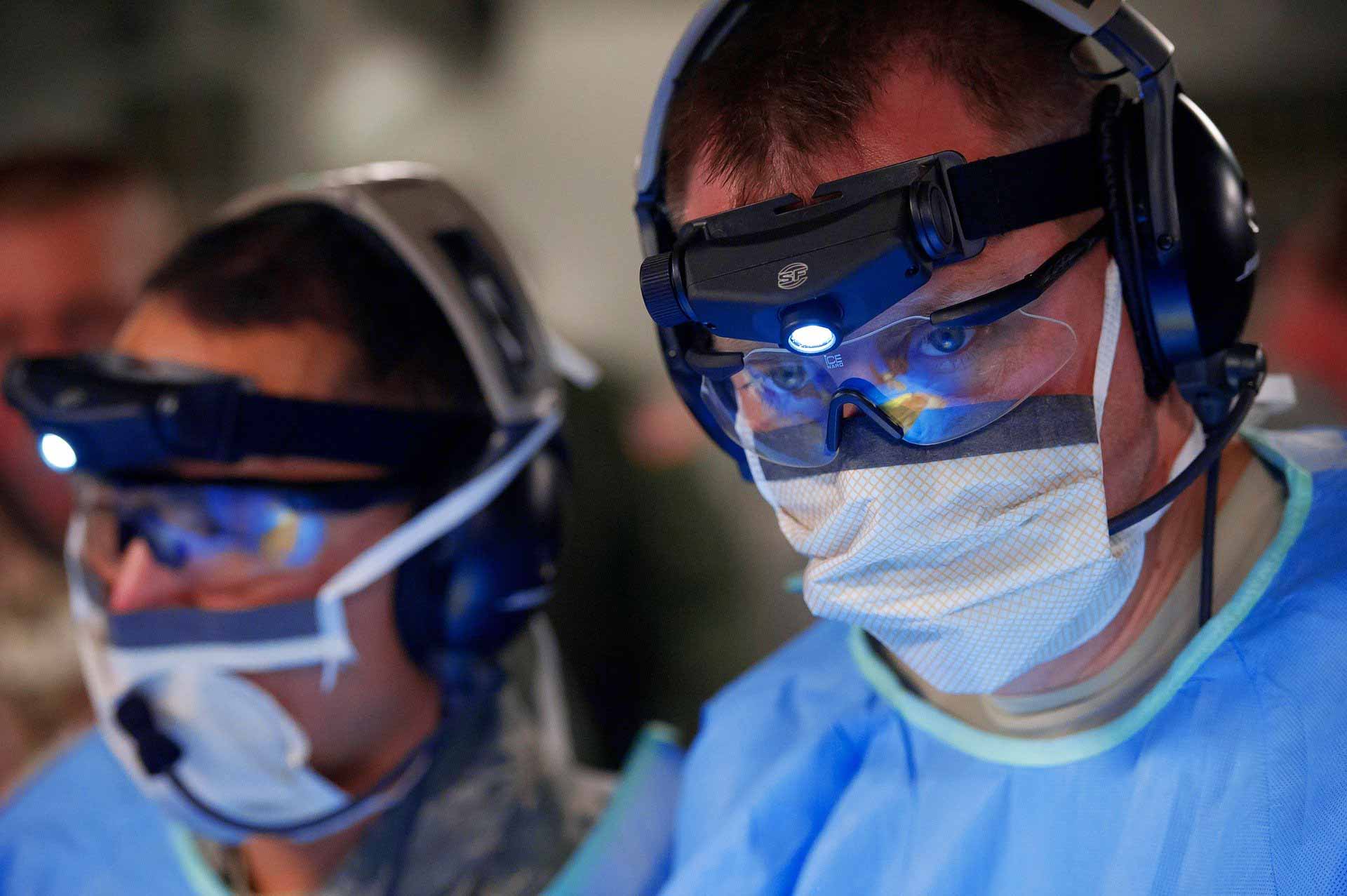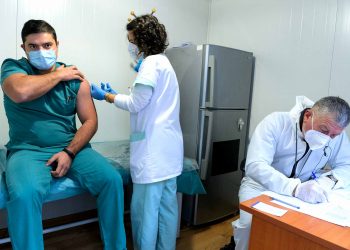World Health Organization officials claim that statistics of new coronavirus cases in China fell for the first time since the outbreak began. But at the same time they warn the virus may not yet have peaked.
The World Health Organization announced it is still too soon to say if the coronavirus outbreak is peaking. The UN’s health organization, however, added that Wednesday 06/02/2020 was the first day that the overall number of new cases in China dropped.
There has been a constant increase in cases in China’s Hubei province, but we haven’t seen that same acceleration in provinces outside Huebi
Mike Ryan, WHO spokesperson
Novel coronavirus (2019-nCoV)
WHO – World Health Organization is working closely with global experts, governments and partners to rapidly expand scientific knowledge on this new virus, to track the spread and virulence of the virus, and to provide advice to countries and individuals on measures to protect health and prevent the spread of this outbreak.
WHO is convening a global research and innovation forum to mobilize international action in response to the new coronavirus (2019-nCoV).
“Harnessing the power of science is critical for bringing this outbreak under control,” said WHO Director-General Dr Tedros Adhanom Ghebreyesus.
“There are questions we need answers to, and tools we need developed as quickly as possible. WHO is playing an important coordinating role by bringing the scientific community together to identify research priorities and accelerate progress.”

Coronavirus
Coronaviruses (CoV) are a large family of viruses that cause illness ranging from the common cold to more severe diseases such as Middle East Respiratory Syndrome (MERS-CoV) and Severe Acute Respiratory Syndrome (SARS-CoV). A novel coronavirus (nCoV) is a new strain that has not been previously identified in humans.
LIVE – Coronavirus Dashboard
Johns Hopkins University has set up a live dashboard showing the spread of the virus.
Coronaviruses are zoonotic, meaning we meet them between animals and people. Detailed investigations found that SARS-CoV passed from civet cats to humans and MERS-CoV from dromedary camels to humans. Several known coronaviruses are circulating in animals that have not yet infected humans.
Basic protective measures against the new coronavirus
Wash your hands frequently
Wash your hands frequently with soap and water or use an alcohol-based hand rub if your hands are not visibly dirty.
Why? Washing your hands with soap and water or using alcohol-based hand rub eliminates the virus if it is on your hands.
Practice respiratory hygiene
When coughing and sneezing, cover mouth and nose with flexed elbow or tissue – discard tissue immediately into a closed bin and clean your hands with alcohol-based hand rub or soap and water.
Why? Covering your mouth and nose when coughing and sneezing prevent the spread of germs and viruses. If you sneeze or cough into your hands, you may contaminate objects or people that you touch.
Maintain social distancing
Maintain at least 1 metre (3 feet) distance between yourself and other people. Particularly those who are coughing, sneezing and have a fever.
Why? When someone who is infected with a respiratory disease, like 2019-nCoV, coughs or sneezes they project small droplets containing the virus. If you are too close, you can breathe in the virus.
Protect yourself and others from getting sick!
Common signs of infection include respiratory symptoms, fever, cough, shortness of breath and breathing difficulties. In more severe cases, infection can cause pneumonia, severe acute respiratory syndrome, kidney failure and even death.
Standard recommendations to prevent infection spread include regular hand washing. WHO recommends covering mouth and nose when coughing and sneezing, thoroughly cooking meat and eggs. Avoid close contact with anyone showing symptoms of respiratory illness such as coughing and sneezing.















